5 Tips to Spot Greenwashing
YOU WALK INTO A STORE AND SEE ADVERTISING AND POSTERS ON THE WALLS WITH PICTURESQUE SCENES OF NATURE BUT YOU CAN SEE THAT THEIR BLAZERS ARE MADE OUT OF POLYESTER FROM TWO METERS AWAY. THEN YOU CHECK THE TAG AND SEE THAT THE GARMENT IS MADE IN CHINA AND INDEED IS MADE OUT OF SYNTHETIC FABRIC. MOMENTS LIKE THIS OFTEN LEAVES US FEELING UPSET FOR BEING TRICKED INTO THIS FALSE NARRATIVE. SINCE WE STARTED OUR JOURNEY TO DISCOVER SUSTAINABLE FASHION, WE EXPERIENCE THE SAME SCENARIO OVER AND OVER AGAIN.
words and creative direction by HOLLY KELSEY & SARAH MARIE FRANKEN
photographs by ANDREW DAY
What is Greenwashing?
Greenwashing is a marketing strategy used by brands that falsely promotes their products as environmentally friendly. They’re using buzzwords to claim they are sustainable whilst actually having a negative impact on the planet and the people working for them. A lot of fast fashion companies use greenwashing. But it’s not just them - mid-range and luxury companies do it as well. Just because the price tag is higher, it doesn’t ensure the brand is truly sustainable.
Greenwashing devalues the work of those brands that are actually doing good for the planet. What’s more, it manipulates and deceives shoppers, making no positive contribution to cleaning up the fashion industry.
We made a guide for you with the five questions we use ourselves to spot greenwashing.
5 Tips to Spot Greenwashing
01 - ARE THE MATERIALS BIODEGRADABLE?
You can find the composition of each garment on its tag. The issue with a textile like polyester is that it will shed micro-plastics and won’t biodegrade for a very long time. If you know the iconic plastic Go-Go boots from the 80’s they’re probably still lying around in landfills. We try to avoid buying any garments made out of plastic based material. The only exception is if a brand uses dead-stock fabrics or vintage pieces that they up-cycle into something new. Up-cycling these garments and fabrics prevents them from going to landfill.
02 - IS THE BRAND OPEN AND HONEST?
Companies that are genuine will say what material they’ve used, how the garment was created, where it was sourced and who made it. If there are any fabrics that are recycled, they’ll give the exact percentage. The important thing to note here is that it will be easy to find this information either on the brand’s website or they provide further details when asked. Often the tags of sustainable brands include important details as well. On their sustainability page, truly sustainable brands will talk about more than just their packaging. We saw that when a brand talks only about their sustainable packaging on their sustainability page, this actually a sign that a brand doesn’t have sustainability as a core value. For a brand that is sustainable - the impact on people and environment are built into the core of the brand DNA and they are happy to tell you all the details!
03 - WHAT GROUP DOES THE BRAND BELONG TO?
Even though it’s clear that all fast fashion brands are greenwashing, mid-range and luxury brands do it too. Many fashion companies belong to bigger groups that produce in the same factories with different names. One example is the Fast Retailing group which owns brands such as Uniqlo, Theory and Helmut Lang. So even with a higher price tag it’s important to check these tips with all brands you are shopping with.
04 - WHERE DOES THE TAG SAY THE GARMENT IS MADE?
It’s important to look at the the relationship between the brand and the factories. Look on their websites if they talk about who made their clothes, where they get the fabrics from, or if they ever visited the factories in person and potentially have a close relationship with their vendors. If brands have nothing to hide, they will openly talk about their factories, workers and fabrics. If you think of sweatshops the first location that might come to mind would be in developing countries, but this isn’t the only place they exist. News came out in 2020 that Boohoo’s factories in Leicester, England, were being investigated for paying their workers far below the legal minimum wage, while allowing them to work in unsafe conditions. Similar claims were reported from the Los Angeles Fashion district (more on that in Dana Thomas’ book Fashionopolis).
05 - IS THE PRICE TOO LOW?
In order to source materials responsibly and pay workers so they can afford to live a normal life, brand’s can’t sell a new T-Shirt at 9,99. If the price seems too good to be true, it probably is. An example of a clearly unreasonable price is when Missguided sold a bikini for £1 in 2019, how much of this would be able to pay a worker? Sustainable pieces don’t have to be at a super high price point, but the fast fashion prices are only this low, because they use dreadful materials and pay they workers way too little.
TRUST YOUR RESEARCH, NOT MARKETING
Don’t just look at what brands say, look at the actions and the figures they provide. If a brand is really sustainable, this information will be easy to find on their website and social media. Brands want to sell us their products. Some of them try to sweet talk us into whatever the trend of the moment is. Now sustainability is a buzzword and fast fashion retailing is trying to make us believe they produce fairly. A brand that is using greenwashing will only be using ‘sustainability’ for marketing and PR purposes, when in fact its business model will not contain any real sustainable actions.
Once you understand what greenwashing is, you’ll find it so easy and quick to realise which brands are good to shop from and which ones aren’t. It’s a big step when you see past the veneer of the green marketing and choose the brands that are actually making a positive difference.


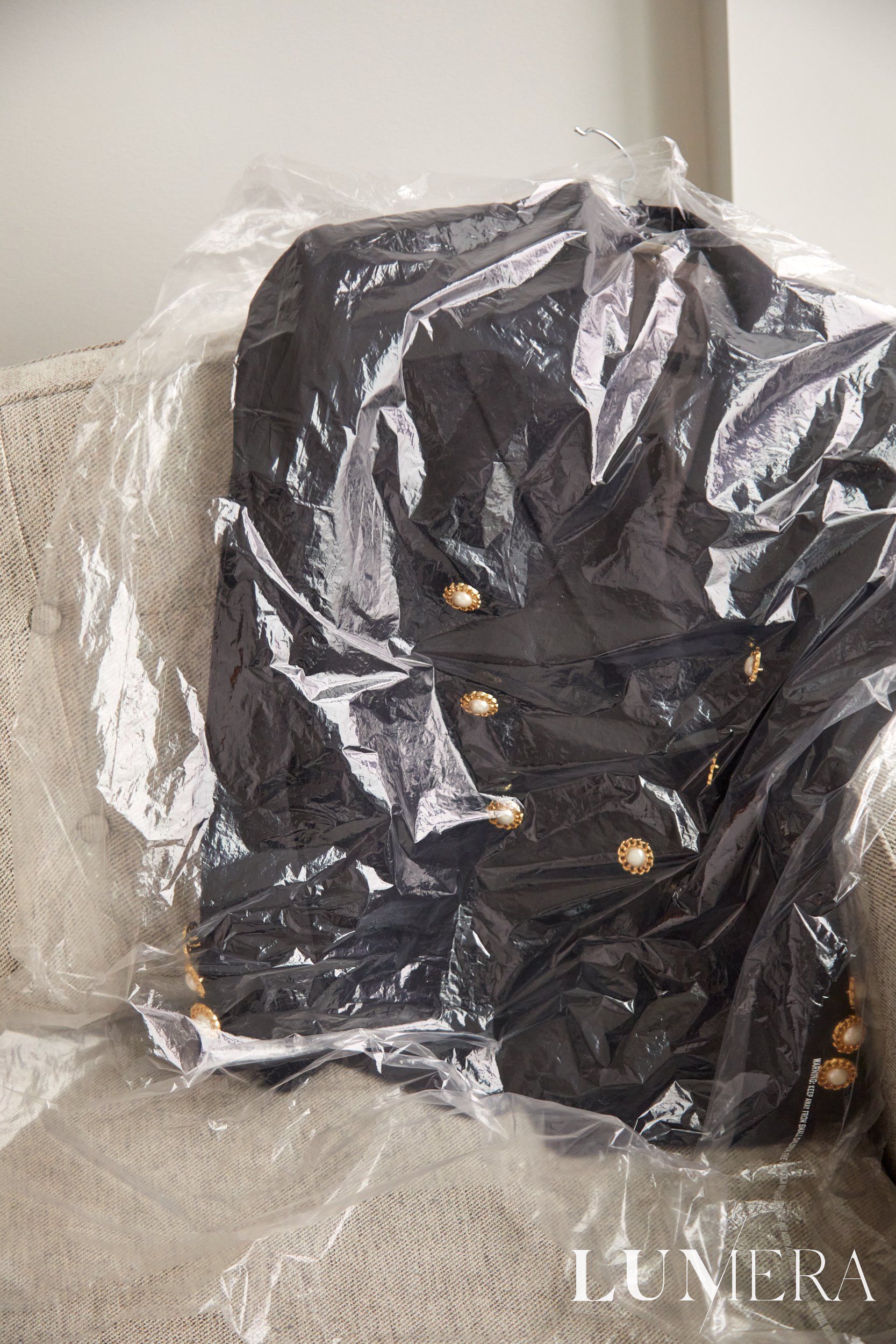
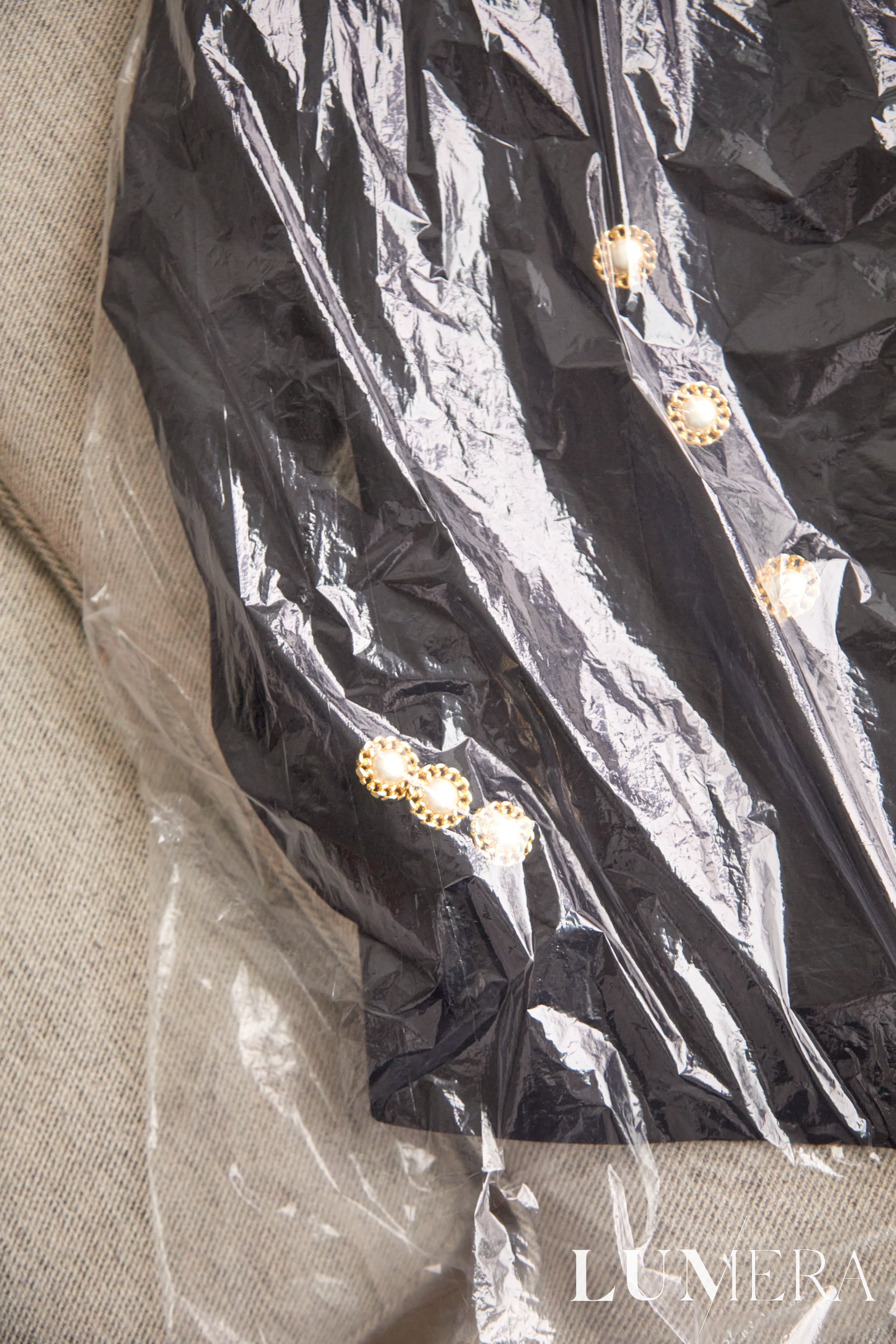
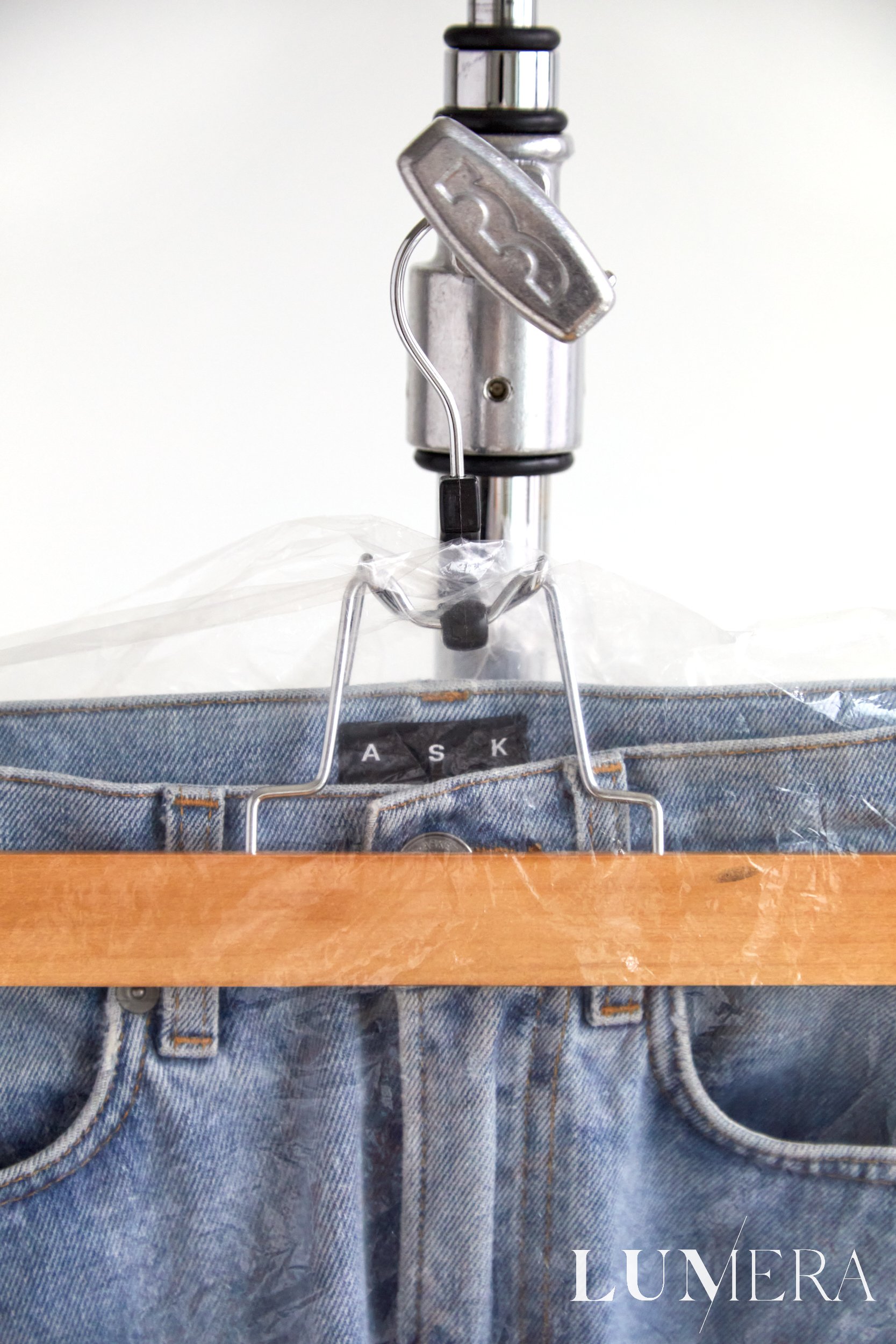
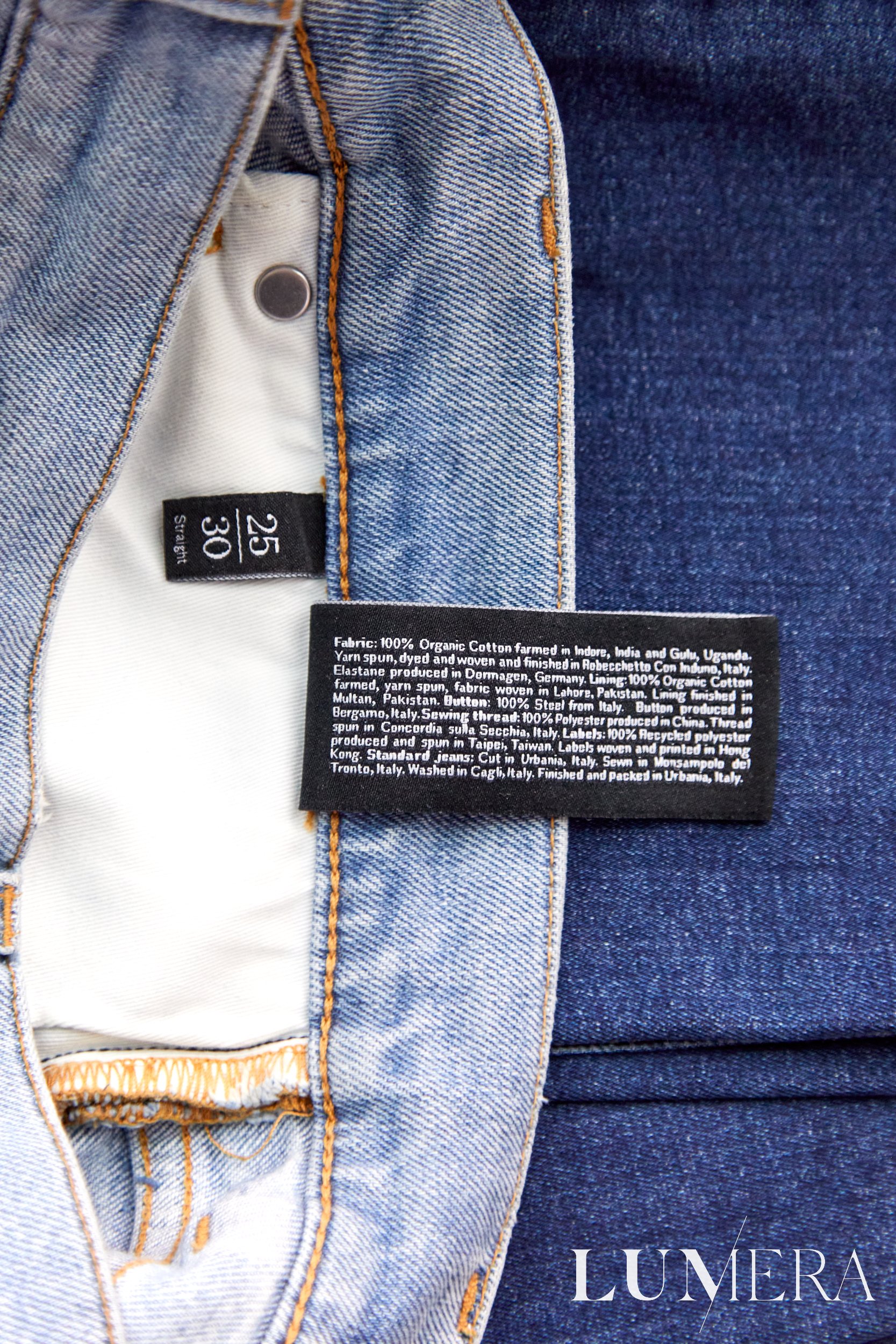
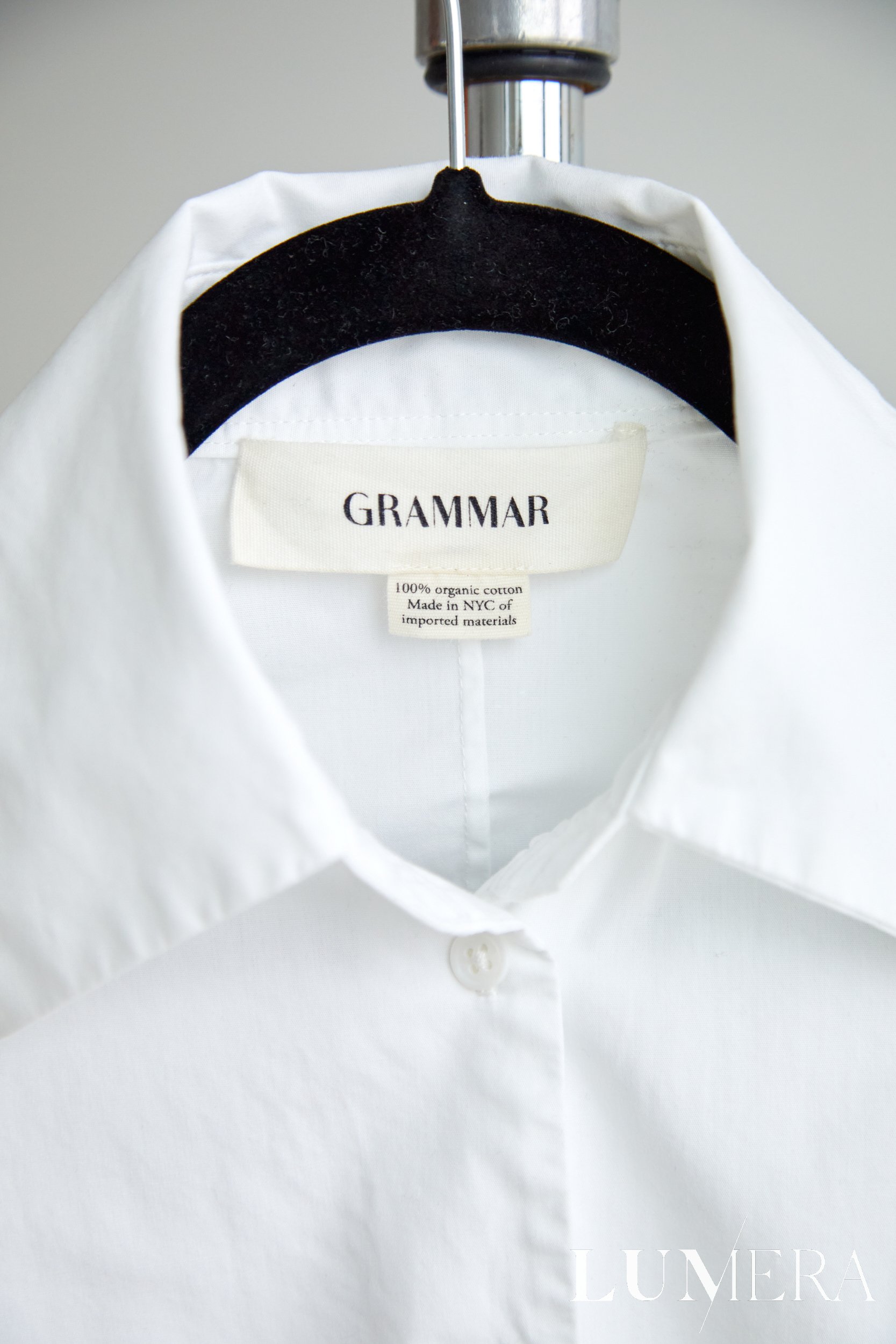
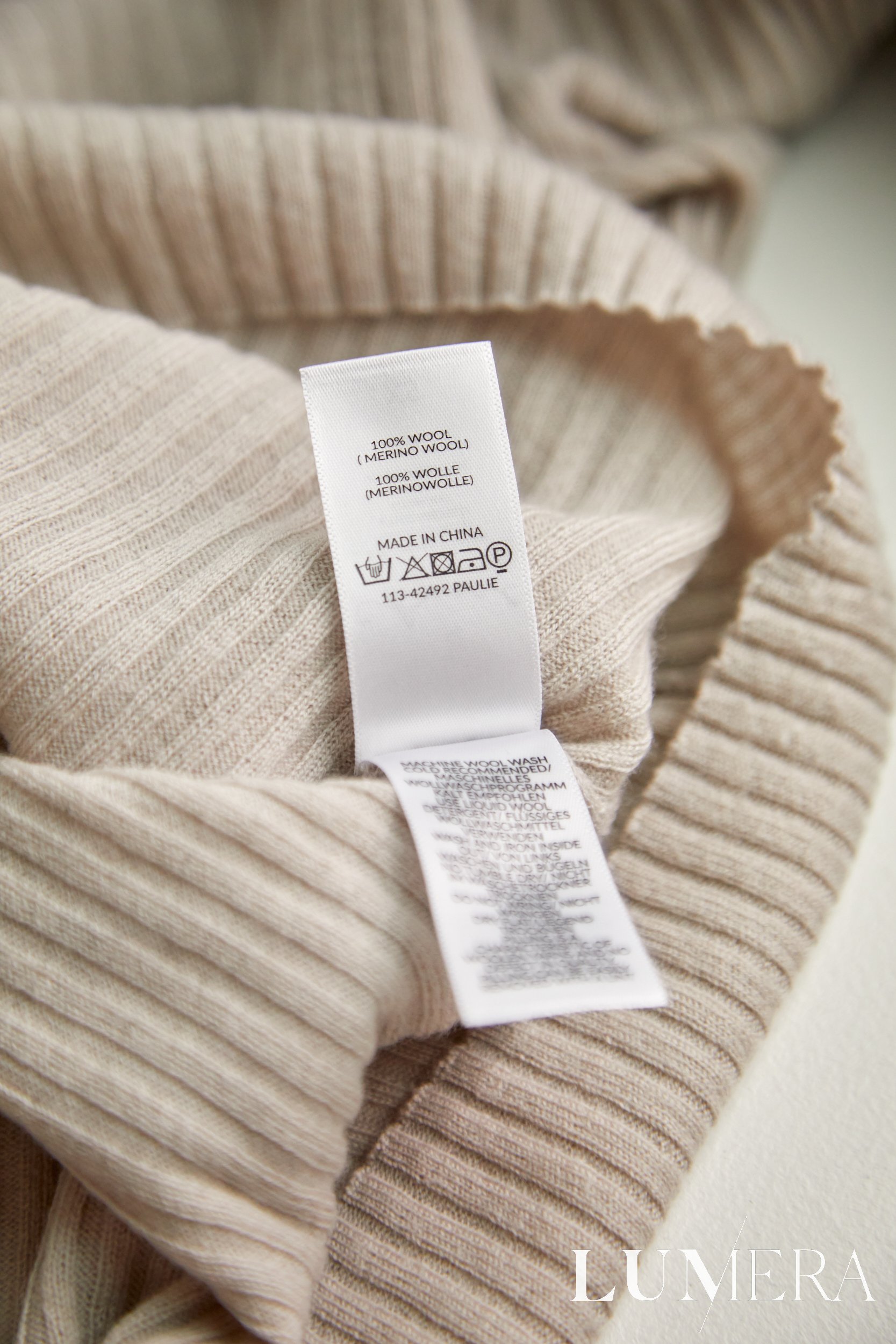
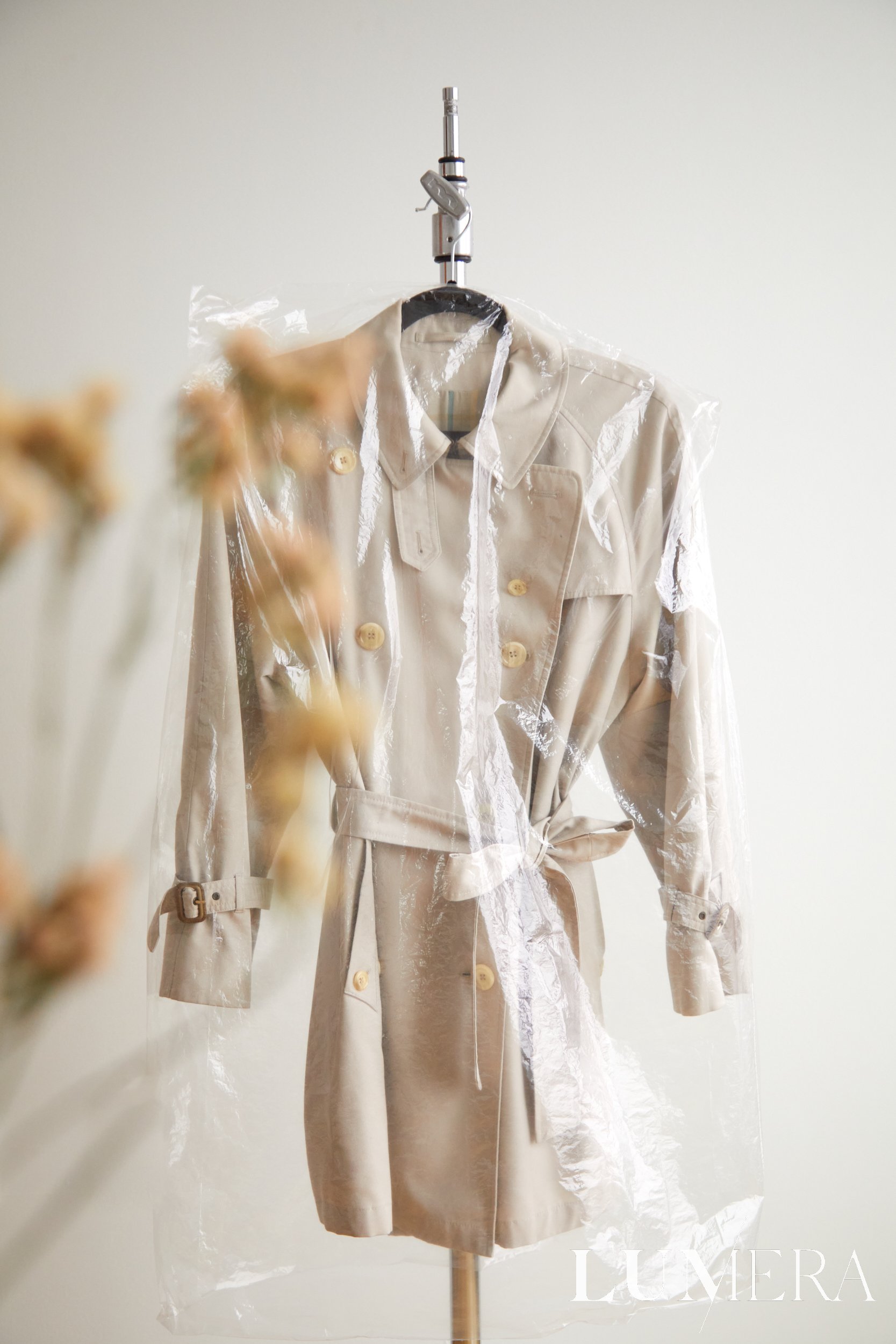




What do you wear for Sunday brunch? Or a relaxed Sunday at home? Daphne de Baat styles six sustainable outfits for Sunday occasions in New York City.